If you've ever felt your grip give out before your back does during lat pulldowns, you're not alone. Lifting straps can be a game-changer when used correctly, helping you stay focused on building your lats—not just holding onto the bar. In this article, we’ll walk through how to use lifting straps, wrist straps, and other types of grip aids specifically for lat pulldowns, including when they’re most effective and how to avoid common mistakes.
What Are Lifting Straps and Why Use Them for Lat Pulldowns?
Lifting straps are typically made of strong cotton, nylon, or leather, and loop around your wrist and the bar to give you a more secure grip. While they’re more commonly associated with heavy pulling movements like deadlifts, straps for lat pulldown exercises are equally valuable—especially if your forearms fatigue before your lats.
They come in a few forms:
-
Standard lifting straps: Long strips you wrap around the bar.
-
Figure 8 straps: Pre-looped for quicker setup.
-
Wrist straps: Sometimes padded, they wrap around your wrist and the bar to reduce grip strain.
Using any of these for your lat pulldown routine can help isolate your back muscles and extend your working sets.
When to Use Straps on Lat Pulldown
Straps are best used on heavier working sets, higher-rep back-focused sessions, or when you're recovering from a hand injury or fatigue. If your hands are sweaty, your bar is smooth, or your grip is limiting your performance, that’s a clear sign straps can help.
For beginners, it’s smart to balance strap usage with grip development. Use straps strategically, not habitually—you want strong lats, but not at the cost of weak hands.
How to Use Straps on Lat Pulldown Machines
Here's a step-by-step breakdown of how to use wrist straps or lifting straps for a typical lat pulldown:
-
Secure the Strap Around Your Wrist
Slide your hand through the loop so the strap lies flat across your palm and the excess hangs toward your fingers. -
Wrap the Strap Around the Bar
While holding the bar with a neutral or overhand grip, take the excess strap and wrap it tightly around the bar, rotating it around at least 2–3 times. Use your other hand to help secure it. -
Grip the Bar Over the Strap
Close your hand over both the strap and the bar. You should feel like the strap is helping “glue” your hand to the bar, reducing grip effort. -
Repeat on the Other Hand
Strap in your other hand the same way before beginning your set. Test your grip lightly before starting to ensure both sides are tight and even. -
Perform Your Set Normally
Focus on driving your elbows down and squeezing your lats, not just pulling with your arms.
My Personal Take
I still remember one training phase when I was working toward 15 strict bodyweight pull-ups. I was adding volume through lat pulldowns, and my grip kept failing by the 10th rep. Using straps on the heavier sets allowed me to hit those deep muscle contractions without overloading my wrists and forearms. The difference in lat activation was immediate. It felt like I was finally training my back, not just surviving the set.
Mistakes to Avoid
-
Using straps too early: Build your grip strength before relying on them.
-
Incorrect wrapping: If your wrap is too loose or uneven, it defeats the purpose.
-
Over-squeezing the bar: Let the strap assist you—don’t fight it with a death grip.
Final Thoughts
Lifting straps, wrist straps, or lat pulldown-specific straps aren’t just for powerlifters—they're valuable tools for anyone serious about back development. When used correctly, they can help you improve form, increase time under tension, and maximize lat activation during pulldown movements. Whether you’re training for width, density, or overall upper body strength, learning how to use straps for lat pulldown might be the small adjustment that brings big results.




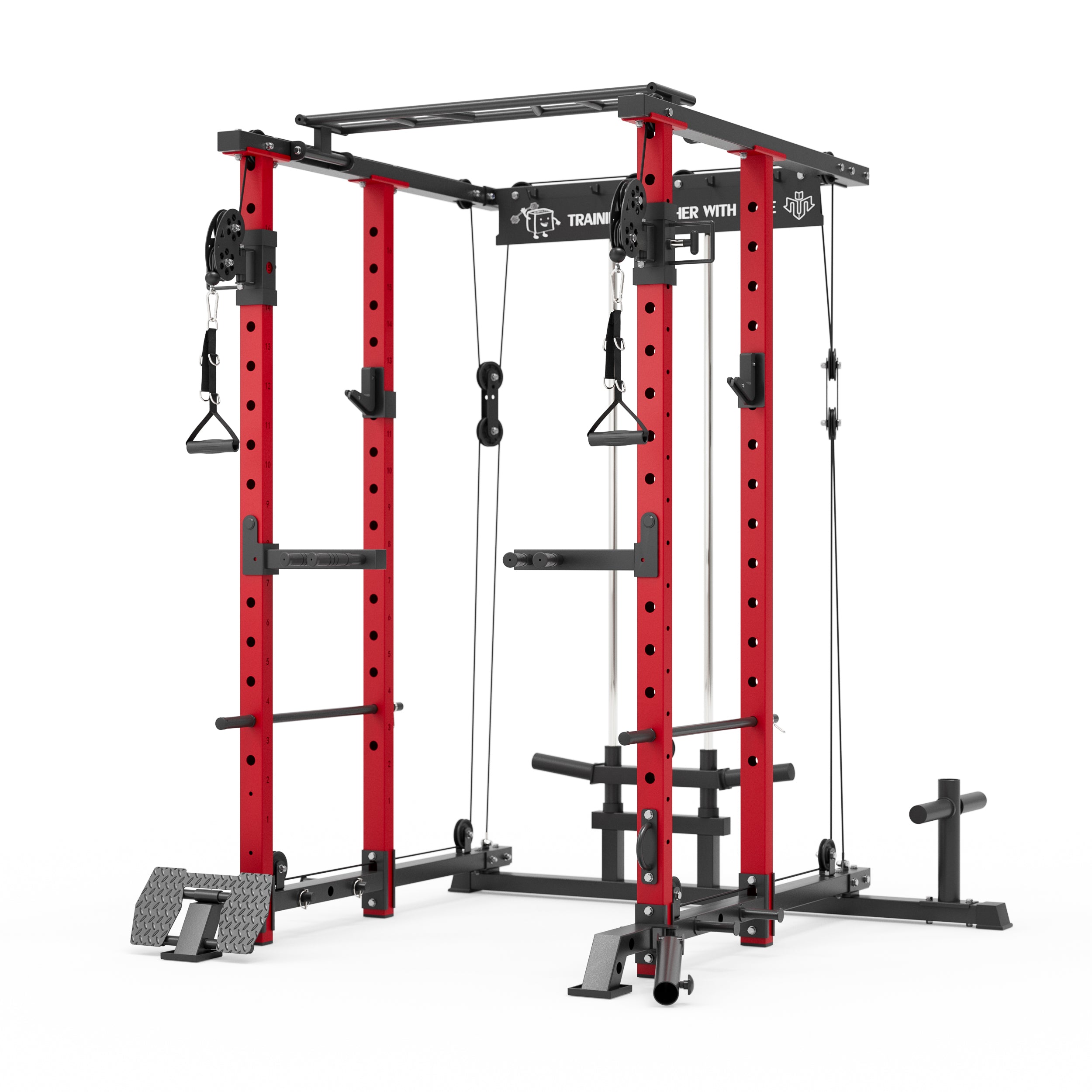


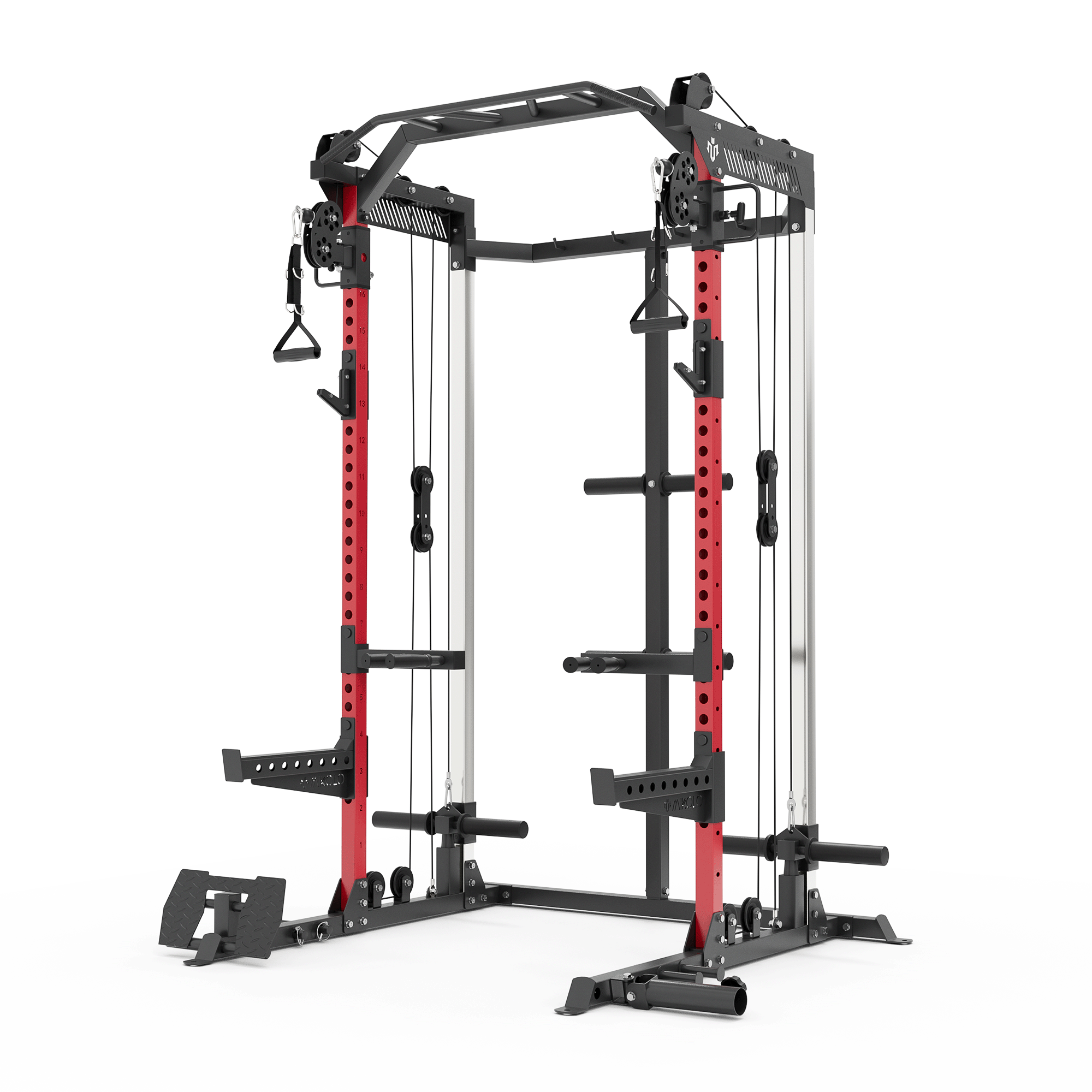




















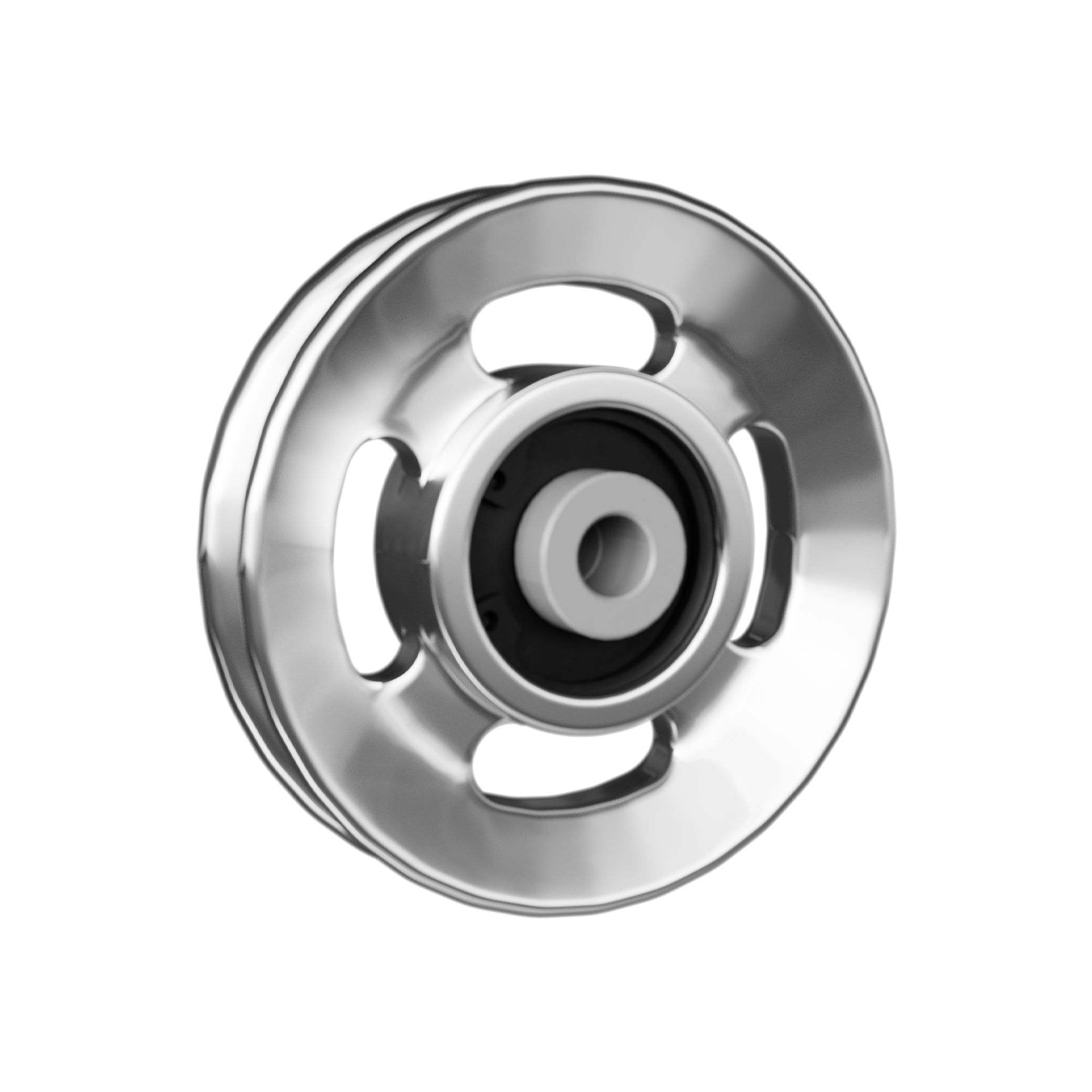



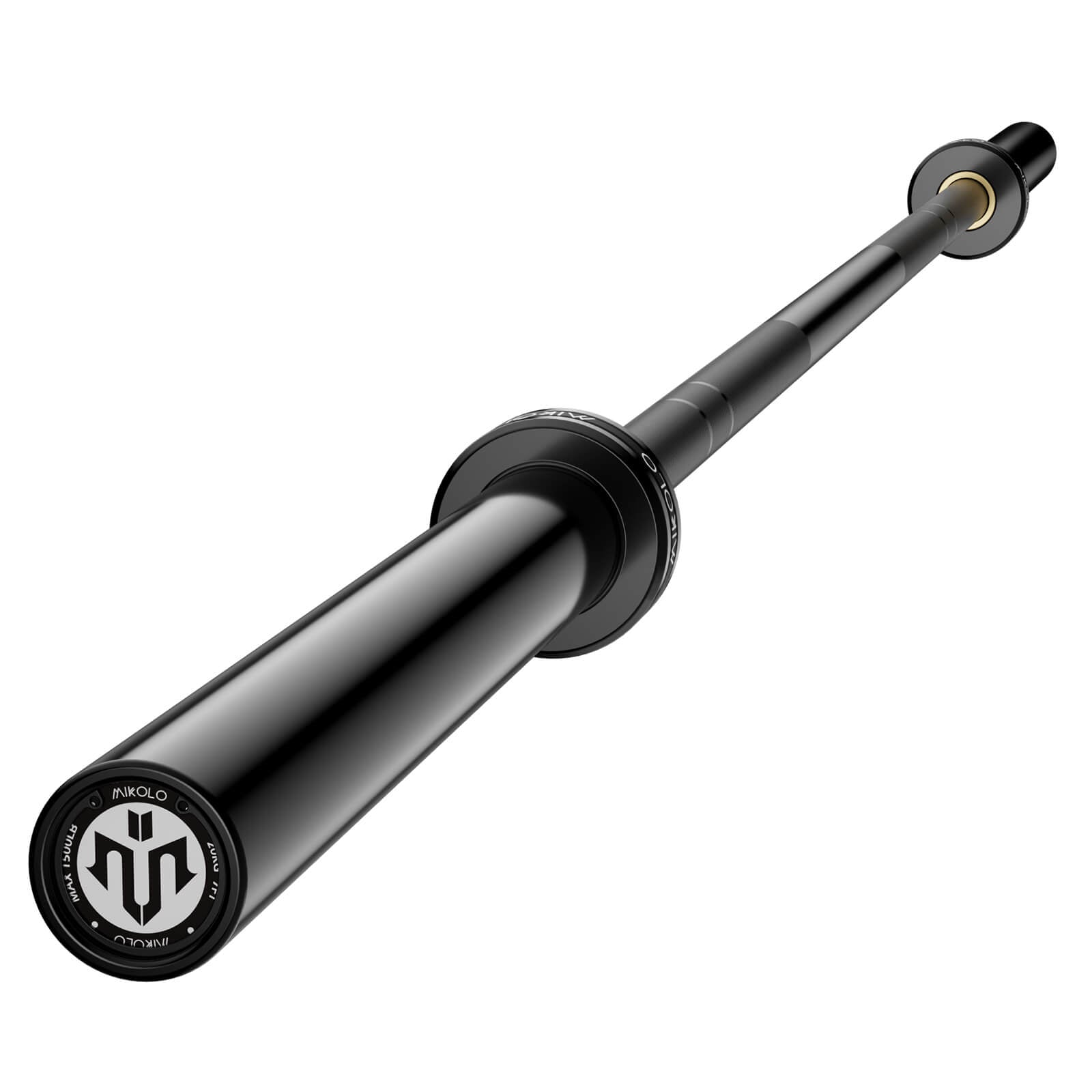




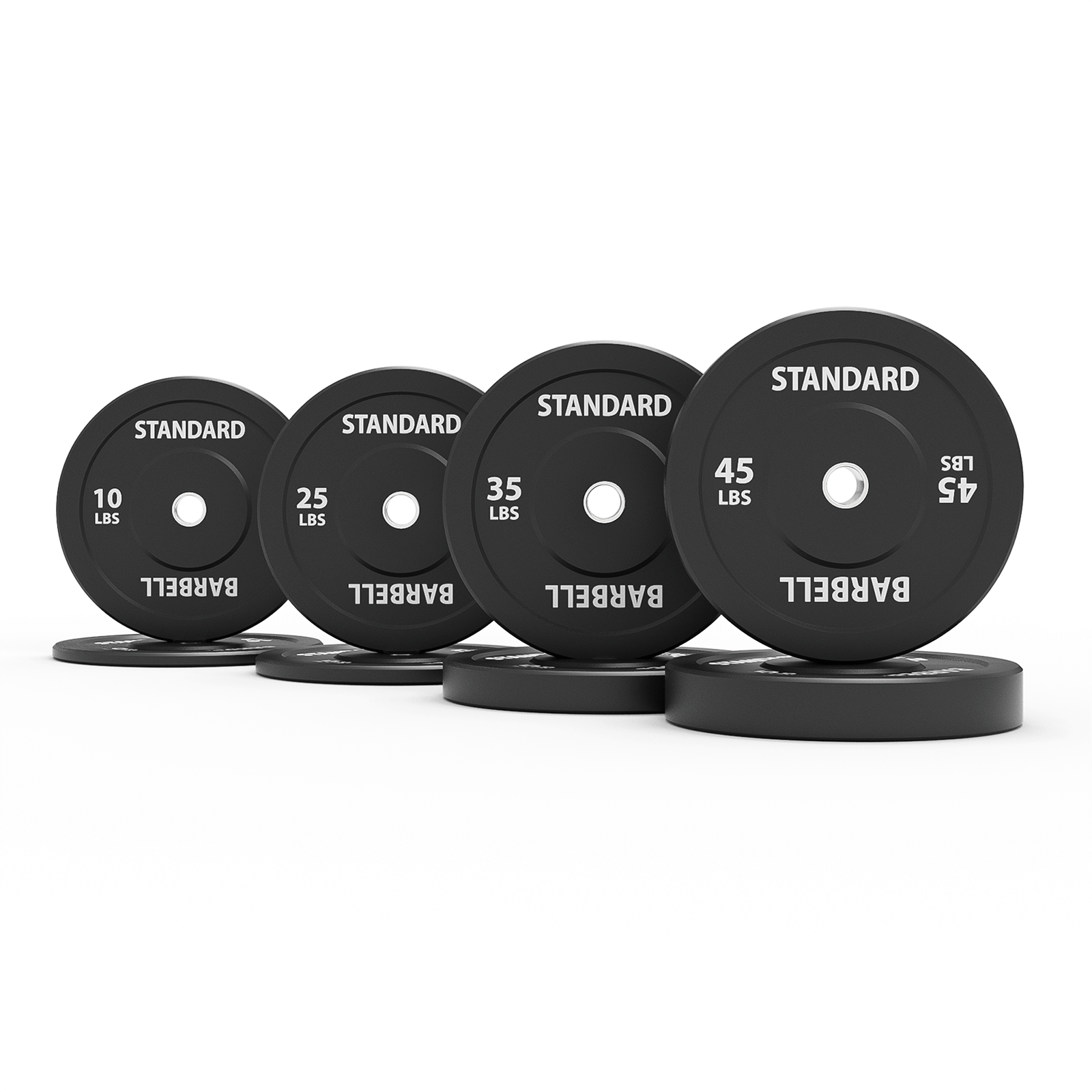




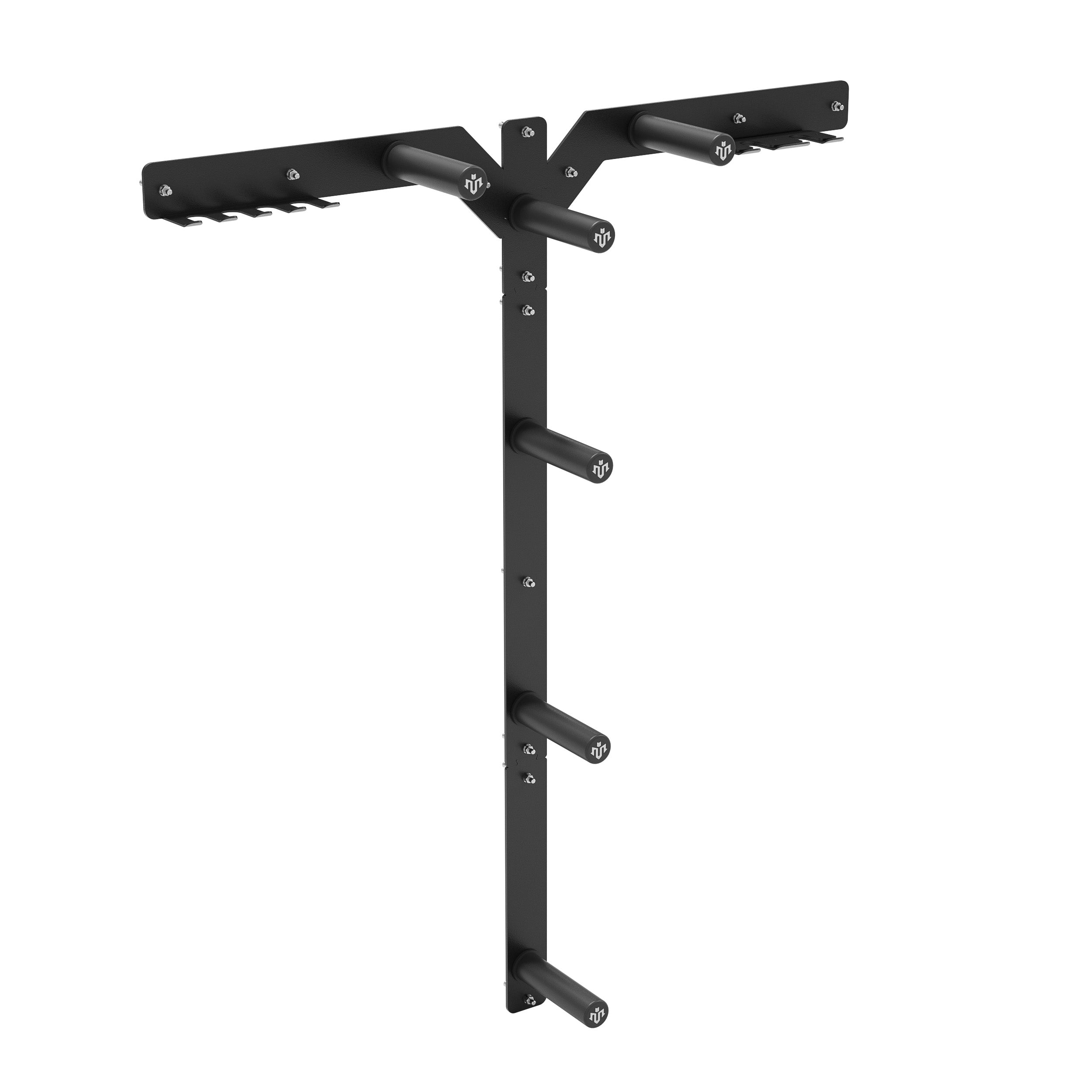




Leave a comment
This site is protected by hCaptcha and the hCaptcha Privacy Policy and Terms of Service apply.